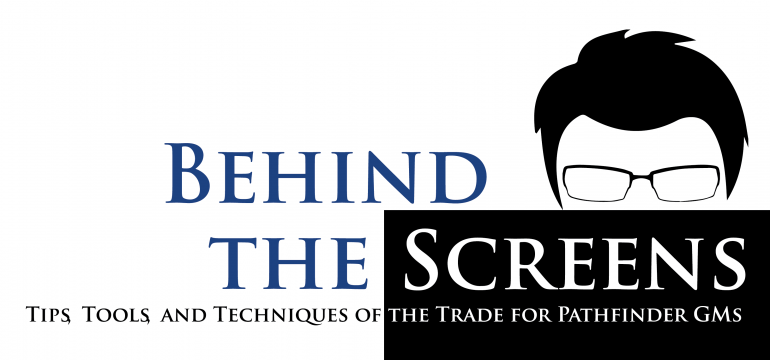Last time we went over the pros and cons of multi-table events and what the types of challenges and rewards that they might offer a GMs and players. For today, I thought we might go over some different types of multi-table events and the types of considerations you should start thinking about if you plan on running a multi-table event in the future.
Obviously not every multi-table event is going to be on the size or scale of Paizo’s GenCon events. But local convention, FLGS, or even home gaming can definitely benefit from a well organized special event or game day. But just as campaigns and adventures can be tailored to particular player groups, so too can multi-table events be created, designed, and modified to suit the needs and interests of your players. There are, however, a few different archetypes that we can use to start our journey.
The Top Down Approach
This is the form that most of Paizo’s large convention evens have taken. The general premise is that there is a monumental task set before a large group of adventurers. This might range from the exploration of an epic, city-sized dungeon to defending a densely populated city from a full scale invasion. As you might suspect from something I’m calling the Top Down Approach, events of this type are managed by a group of organizers from to top.
It can help to visualize this kind of event as an umbrella scheme. Each 1st-Level GM runs a table of 4-6 players. Then you’ve got 2nd Level GMs who manage 4-6 1st-Level GMs. Above them, you’ve got 3rd-level GMs managing 4-6 2nd-level GMs. And so on, until you’ve got one Super GM who is GMing all the GMs.
The Super GM often starts things off with a major plot point and the under-GMs take it up from there. GMs (of all levels) record player achievements at each table according to a predetermined milestones and once a certain threshold is reached, the next major plot point in the grand adventure takes place. Progression is collective and all the players will tend to succeed or fail together as the adventure unfurls. Fast and efficient communication between GMs is integral and it is vital that they work together to streamline player experiences.
The Leveled Playing Field
This type of event is much more flattened in terms of organizational structure. There needn’t be a multi-level hierarchy of organizers (although it might still help). This type of multi-table event lends itself better to each table having different but interconnected tasks set over a variety of locations rather than one monolithic group goal. For example, one team needs to go bring down the shield generators so that their allies up in space and launch a daring attack on the enemy space fortress. Meanwhile, player fighter pilots might provide air support of the team of saboteurs. One table affects the other and outcome of one mission is dependent on the other, but players at each table tend to have very different experiences.
The Crossover
A favorite of comic book creators and fans, the Crossover is what it sounds like. Two (or more) groups of heroes who typically don’t interact with one another on a regular basis, meeting and temporarily working together towards a shared goal. Or maybe… they’re rival groups and are gearing up to finally settle the score. Crossovers can be a fun way to get players from different gaming groups interacting with one another. In some instances, you might not need all the players from all the groups participating meeting on the same day. Crossovers are handy because you only nominally need the GMs from each group (with player assent of course) to arrange things and they can happen through the course of normal game scheduling as opposed to being required to happen on a specific convention or store event day.
That’s all for now, I think. Hopefully this article continues to wet your appetite for more multi-table event discussion. Next time, we’ll be talking about assembling your team of event coordinators, what to look for and how to plan for things!






